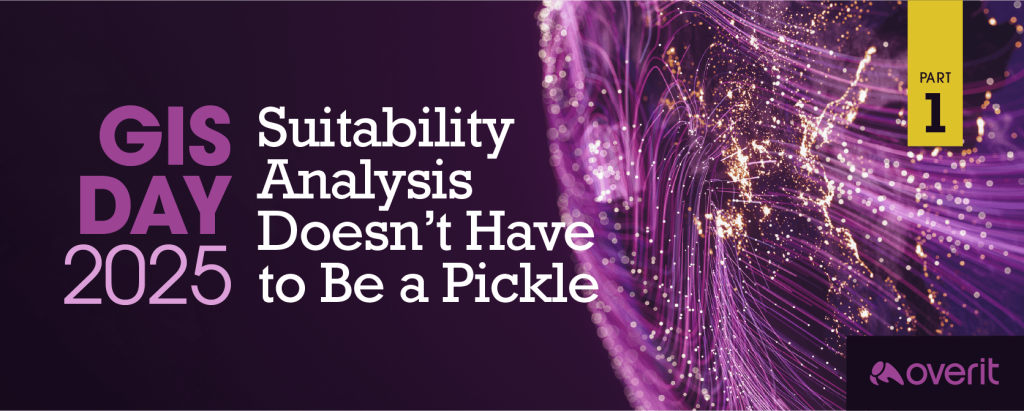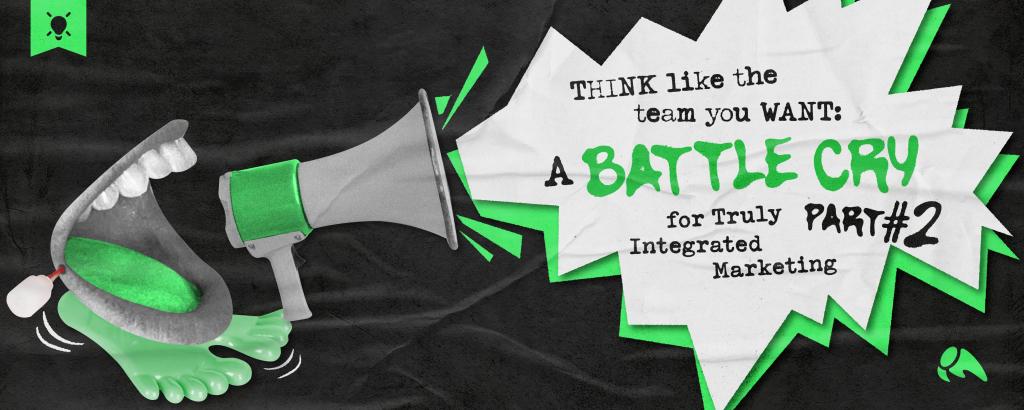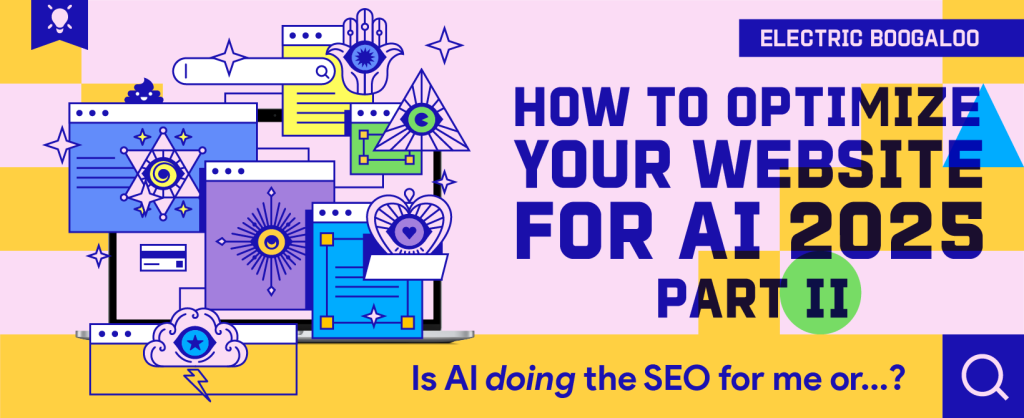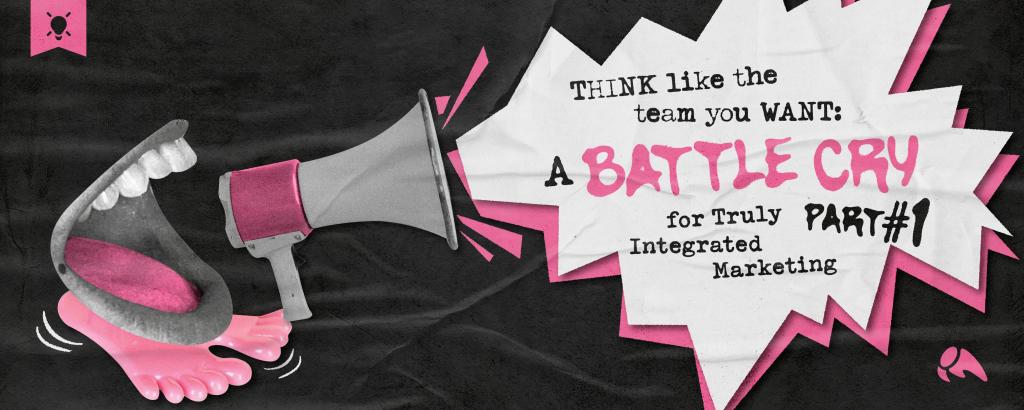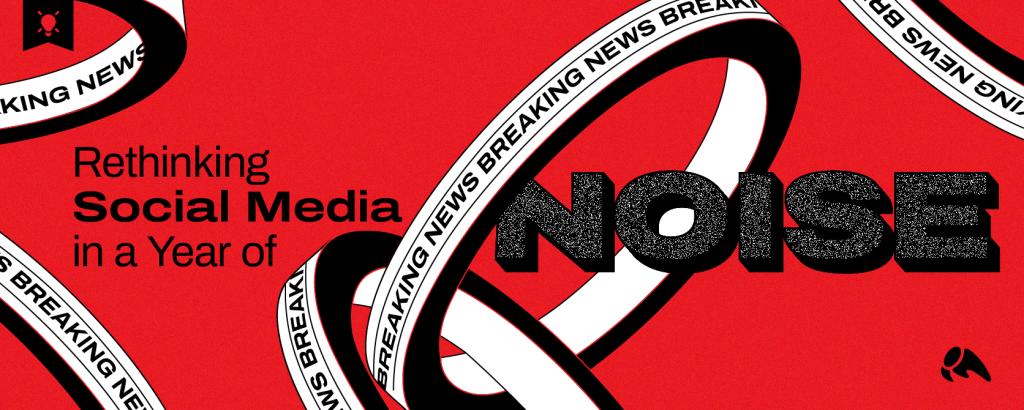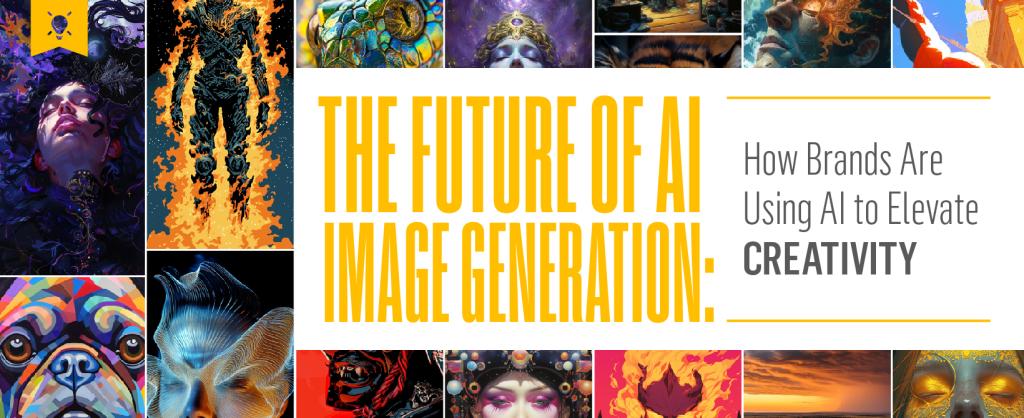
AI-generated imagery has revolutionized how brands approach design, marketing, and storytelling. With tools like Midjourney, Stable Diffusion, and DALL-E leading the charge, companies can create stunning, high-quality visuals in seconds. But how does AI image generation work, and how are brands leveraging it to stand out in a crowded digital space? Let’s dive into this groundbreaking technology’s evolution, impact, and real-world applications.
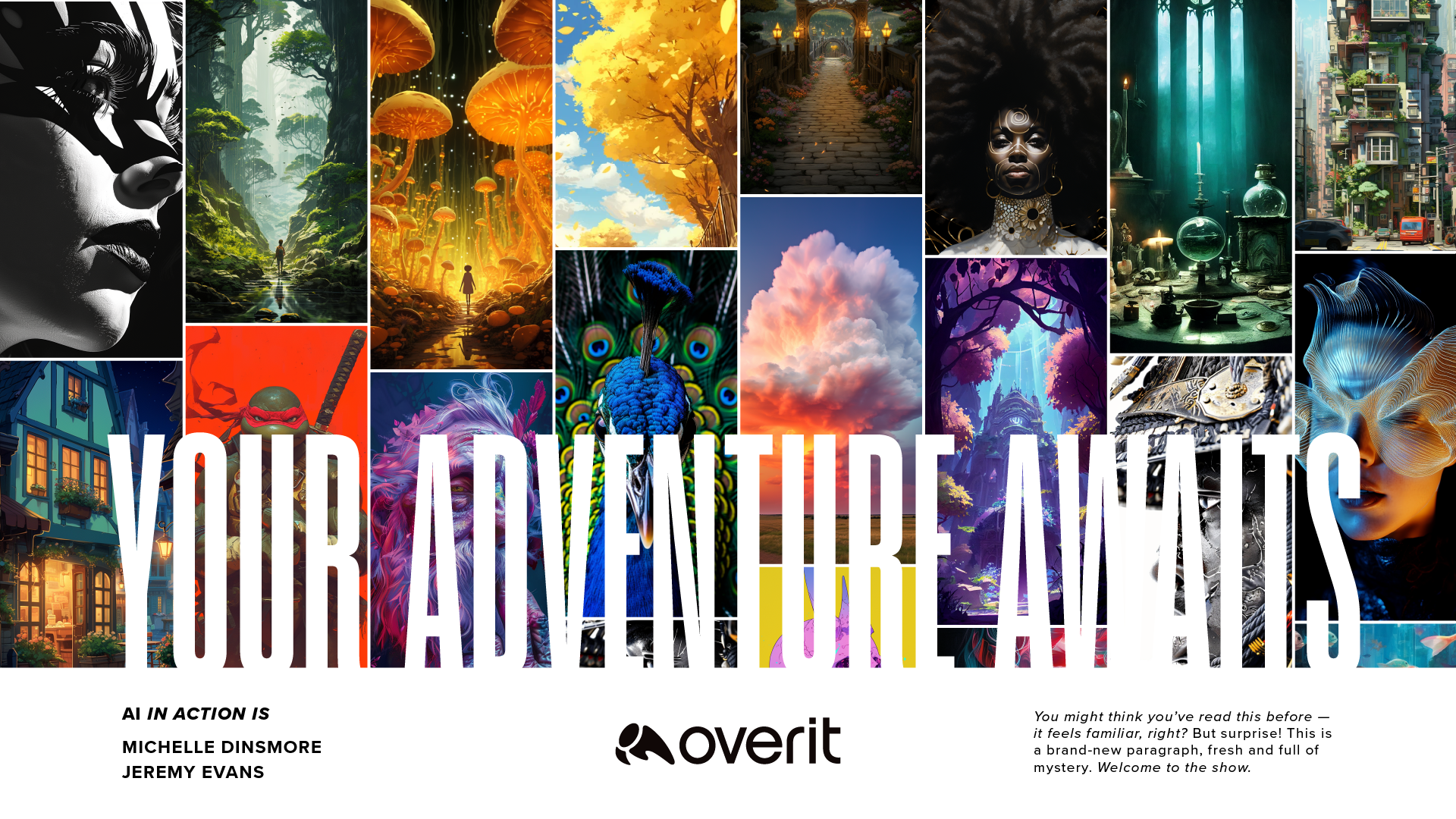
The Evolution of AI Image Generation
AI-generated imagery is not new, but recent advancements have made it more accessible and powerful. Initially, AI art was rudimentary, producing distorted or abstract images. However, as machine learning models improved, AI could generate hyper-realistic artwork, photorealistic portraits, and even conceptual designs tailored to specific brand aesthetics.
Some of the most prominent AI image-generation tools include:
- Midjourney: Known for its artistic and surreal style, Midjourney is widely used in creative industries.
- Stable Diffusion: An open-source AI tool that allows users to generate detailed images with greater control.
- DALL-E: Developed by OpenAI, DALL-E specializes in generating high-quality visuals from text prompts.
The Impact of AI on Creativity and Branding
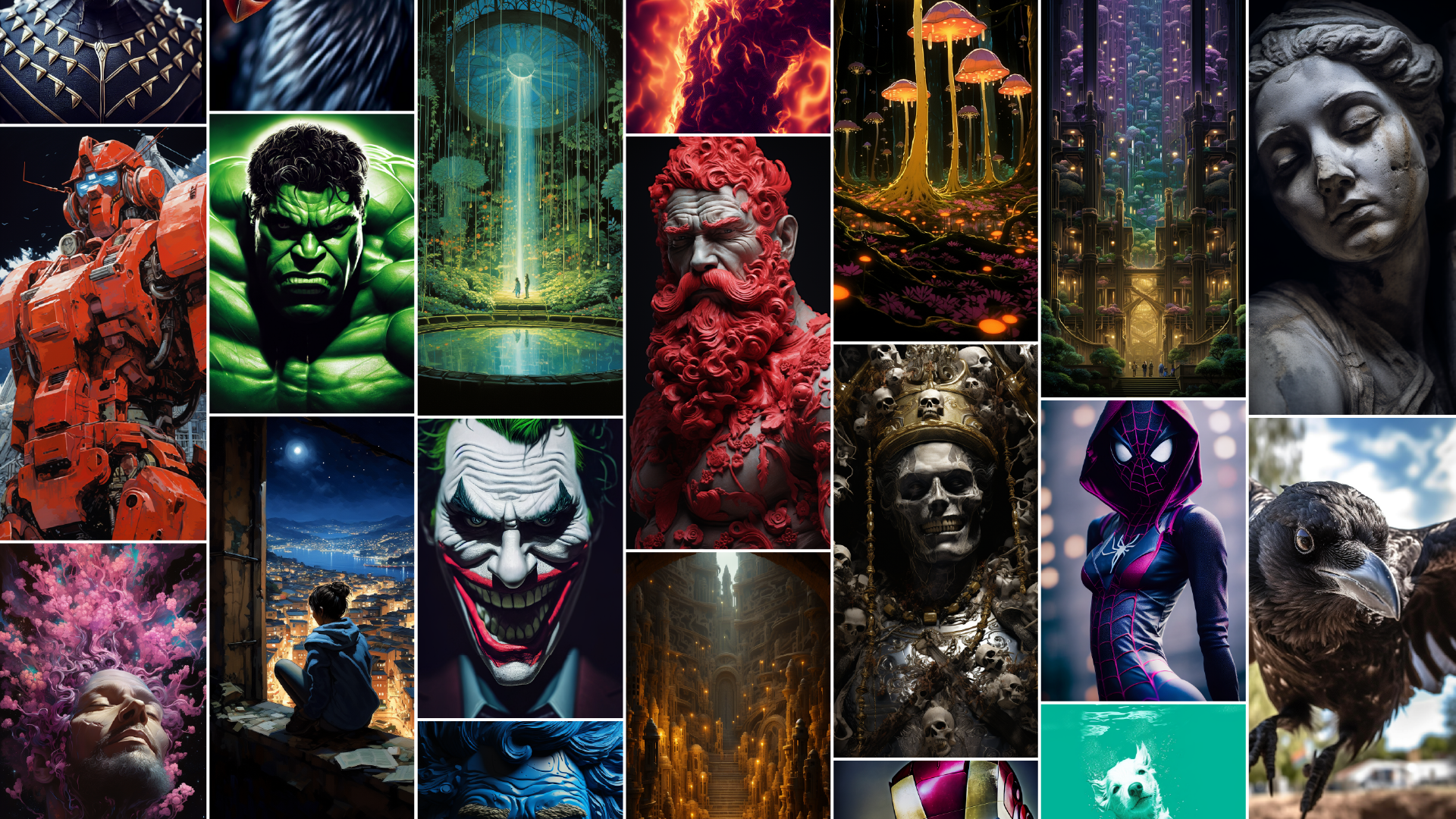
The ability to generate unique images within seconds has profoundly affected the creative industry. AI is no longer just a tool; it’s becoming a collaborative partner for designers, marketers, and business owners. Here’s how AI-generated imagery is shaping creativity:
- Enhancing Concept Development: AI helps brands explore visual concepts quickly without needing an entire design team.
- Cost-Efficient Content Creation: AI-generated images reduce the need for expensive photoshoots and graphic design services.
- Personalization and Customization: Brands can create visuals tailored to specific audiences and trends.
- Speed and Scalability: AI enables rapid production of visuals for social media, advertising, and web design.
Real-World Applications of AI Image Generation
Several companies have already integrated AI-generated imagery into their marketing and branding strategies. Here are a few standout examples:
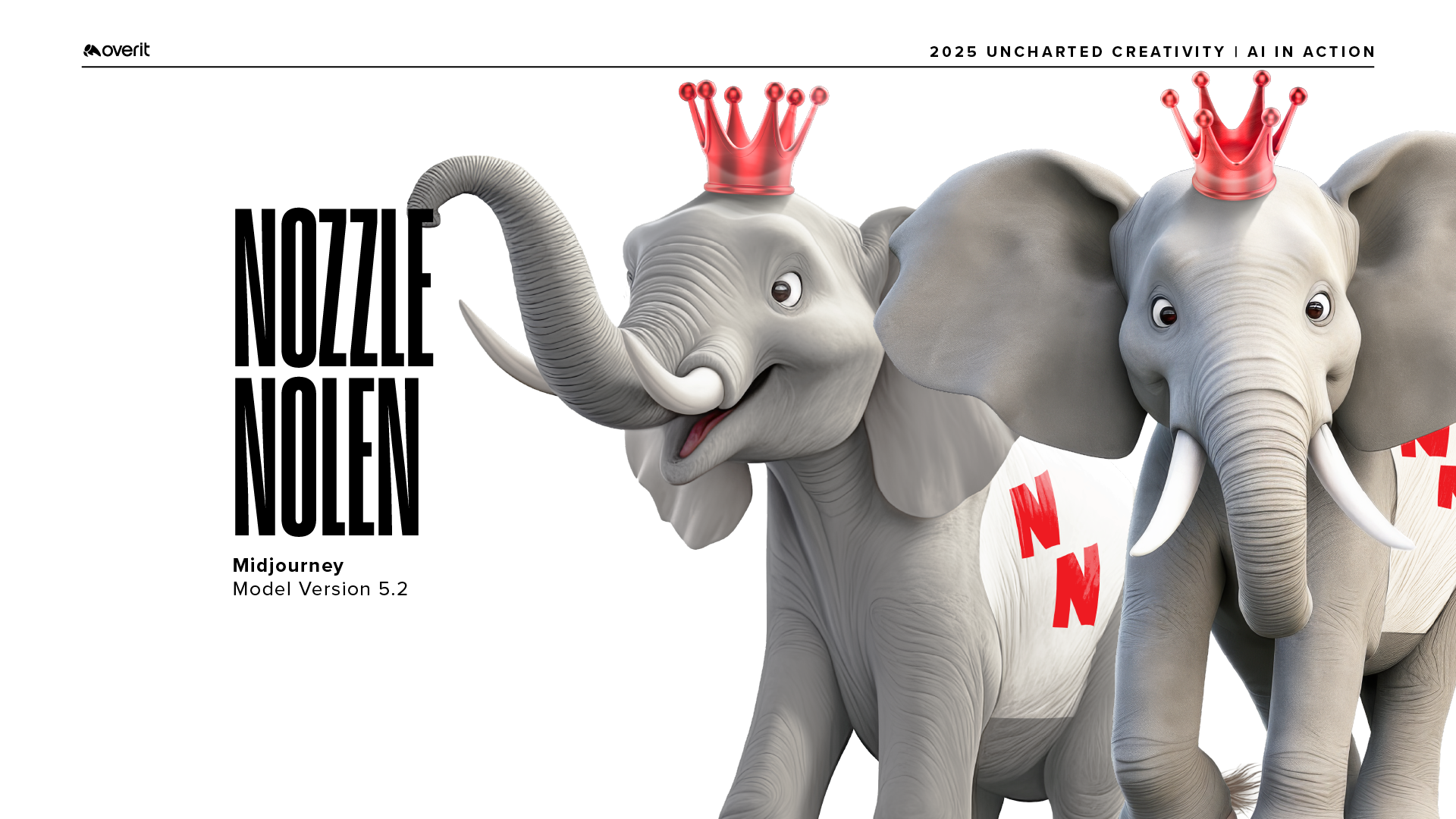
Nozzle Nolen, a Florida-based pest control company, wanted to launch a new integrated campaign featuring their mascot, Peanut the Elephant, interacting with pests. While this vision seemed ambitious, AI made it possible.
By leveraging AI-generated images, Nozzle Nolen was able to create high-quality, realistic visuals of Peanut, which were incorporated into billboards, HTML5 ads, and postcards. This approach streamlined both the ideation and production process, saving significant time and resources while delivering superior results within budget.
The success of these AI-generated visuals extended beyond marketing materials, as the images were even adopted into company presentations, further enhancing brand consistency and engagement.
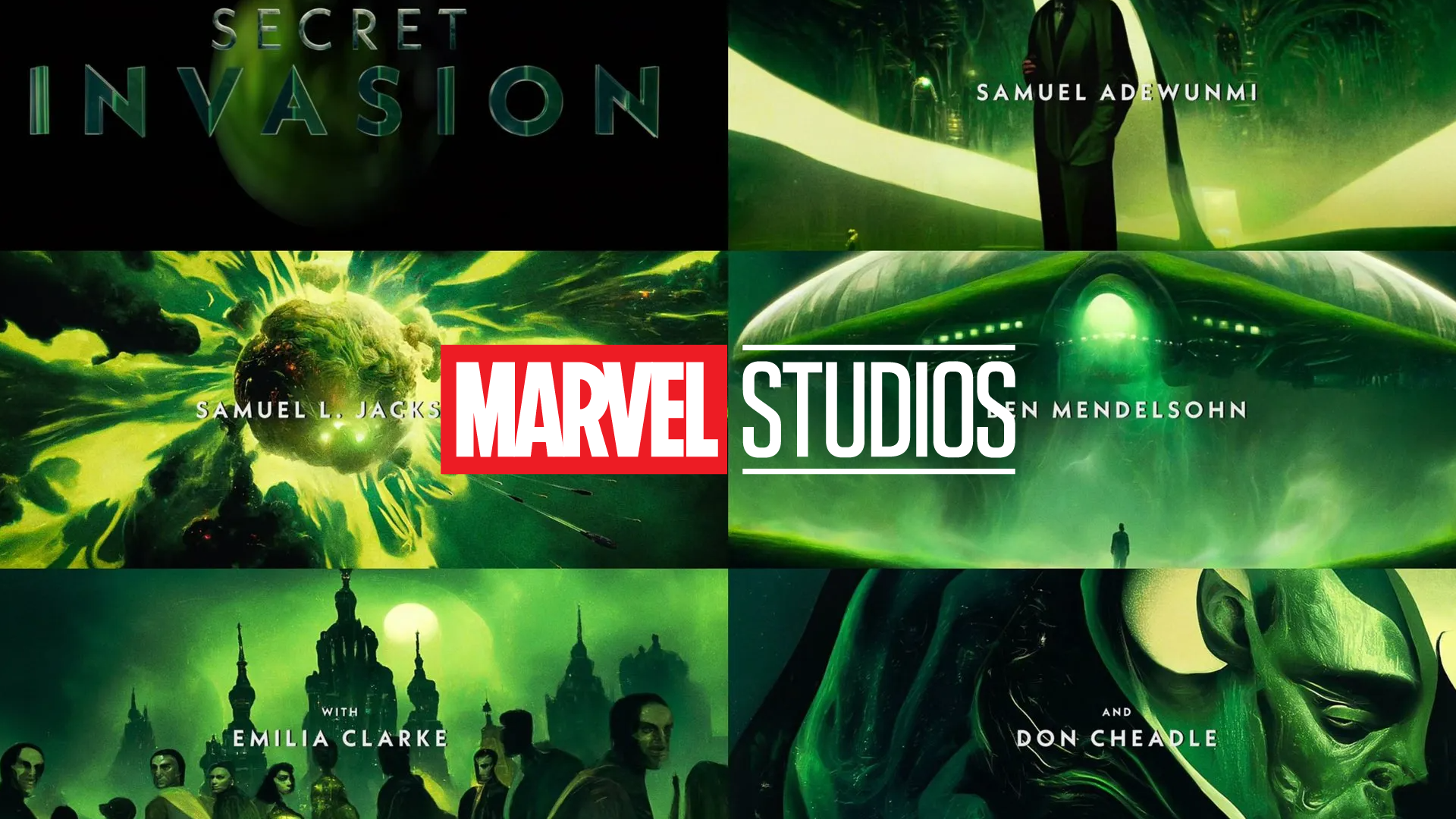
The opening credits for Marvel’s Secret Invasion on Disney+ were designed using artificial intelligence by Method Studios, a decision that quickly sparked backlash on social media. Many viewers expressed concern that AI usage in the project may have taken jobs away from human animators and graphic designers.
However, Method Studios responded to the criticism, stating that “no artists’ jobs were replaced by incorporating these new tools.” The use of AI in entertainment continues to grow, with Disney increasingly implementing it in projects—most notably for de-aging Harrison Ford in Indiana Jones and the Dial of Destiny.
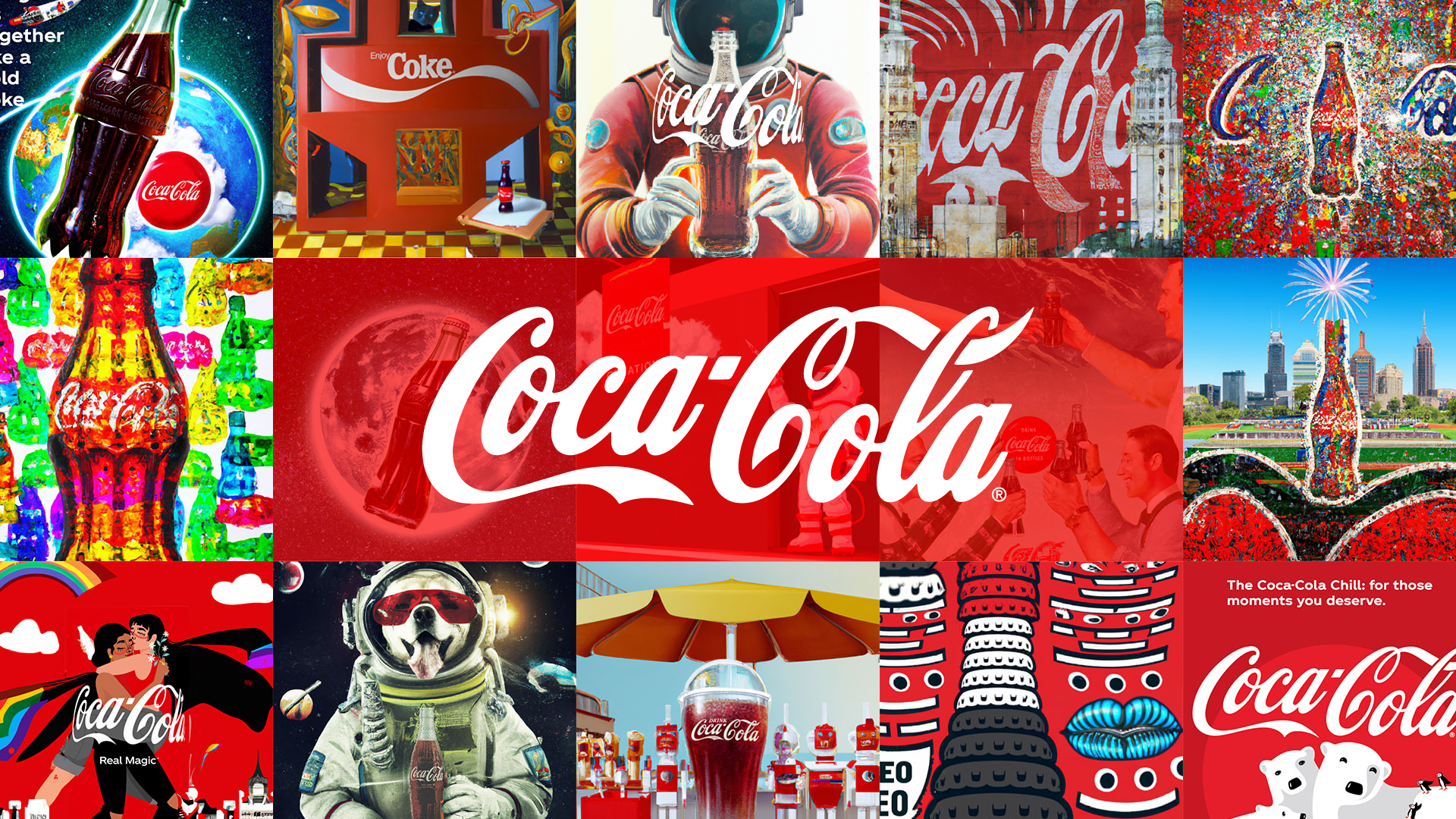
Coca-Cola, a long-standing leader in advertising, has continuously evolved its marketing strategies since its first newspaper ad in 1896. Now, the company is embracing artificial intelligence to stay ahead of the curve.
In February 2023, Bain & Company announced a global service alliance with OpenAI, integrating AI into business operations. Coca-Cola was the first company to join this initiative, launching the “Create Real Magic” contest. This campaign invited users to combine ChatGPT, DALL-E, and historic Coca-Cola ad creatives to generate new artwork for the brand.
The key takeaway? Staying ahead in marketing means embracing innovation. Coca-Cola’s approach shows the power of AI in engaging customers and boosting brand awareness.
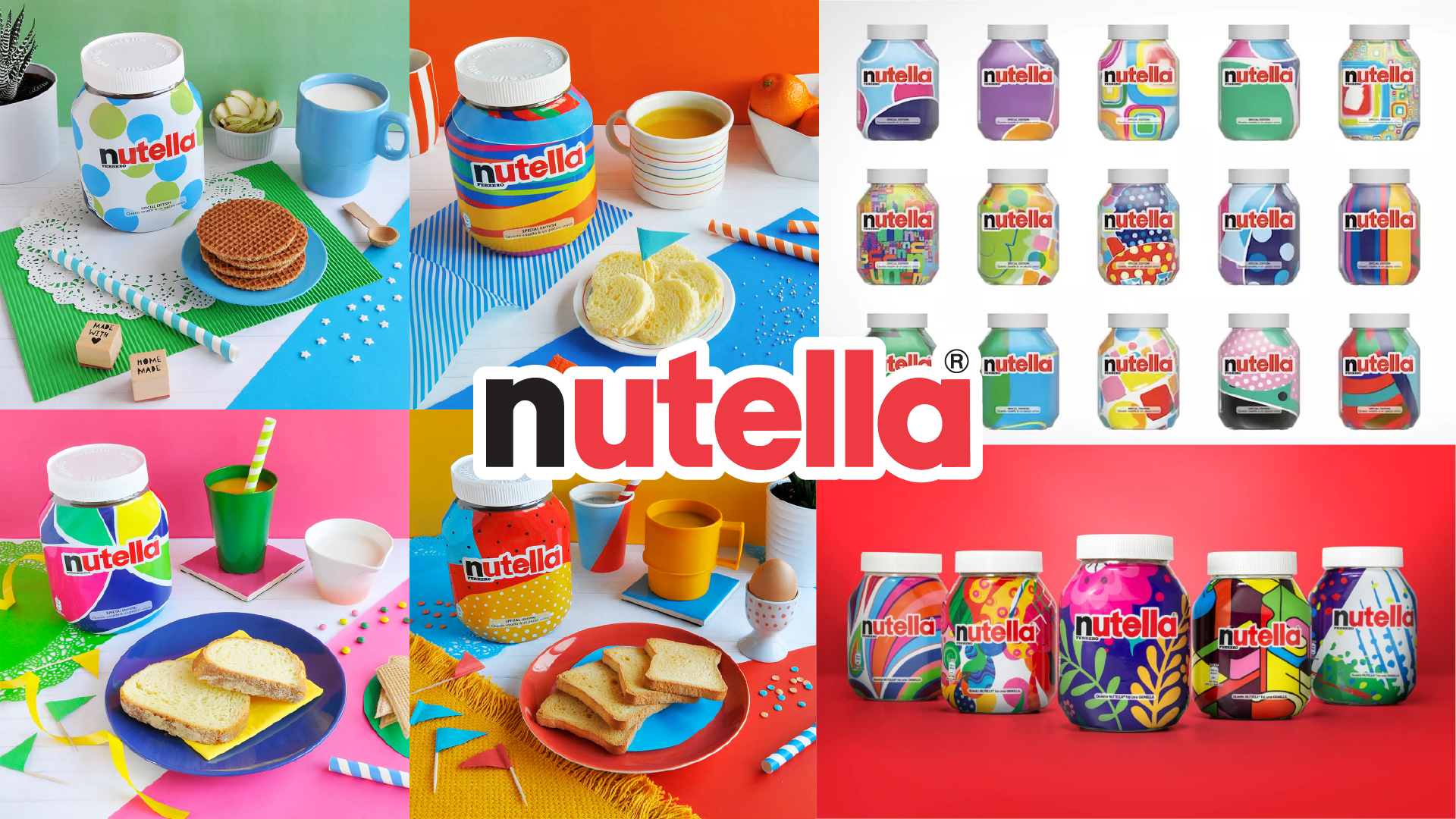
Nutella took personalization to the next level with its “Nutella Unica” campaign, using AI to generate 7 million unique jar labels. Partnering with Ogilvy & Mather Italia, Ferrero created an exclusive experience where no two jars were the same. Each was stamped with a unique code, making them collectible pieces of art.
Sold exclusively in Italian supermarkets, the limited-edition jars flew off the shelves in just one month, proving the power of AI-driven customization.
The lesson? Consumers love exclusivity. Brands can leverage AI to create one-of-a-kind experiences that drive engagement and sales.
Hands-On Demo: Midjourney in Action
We walked through a live demo of Midjourney during the presentation, showcasing how AI can generate high-quality visuals based on text prompts. This demo illustrated:
- How to input text prompts to guide AI image creation.
- The different artistic styles that Midjourney can produce.
- How businesses can incorporate AI-generated images into their marketing materials.
The Future of AI Image Generation
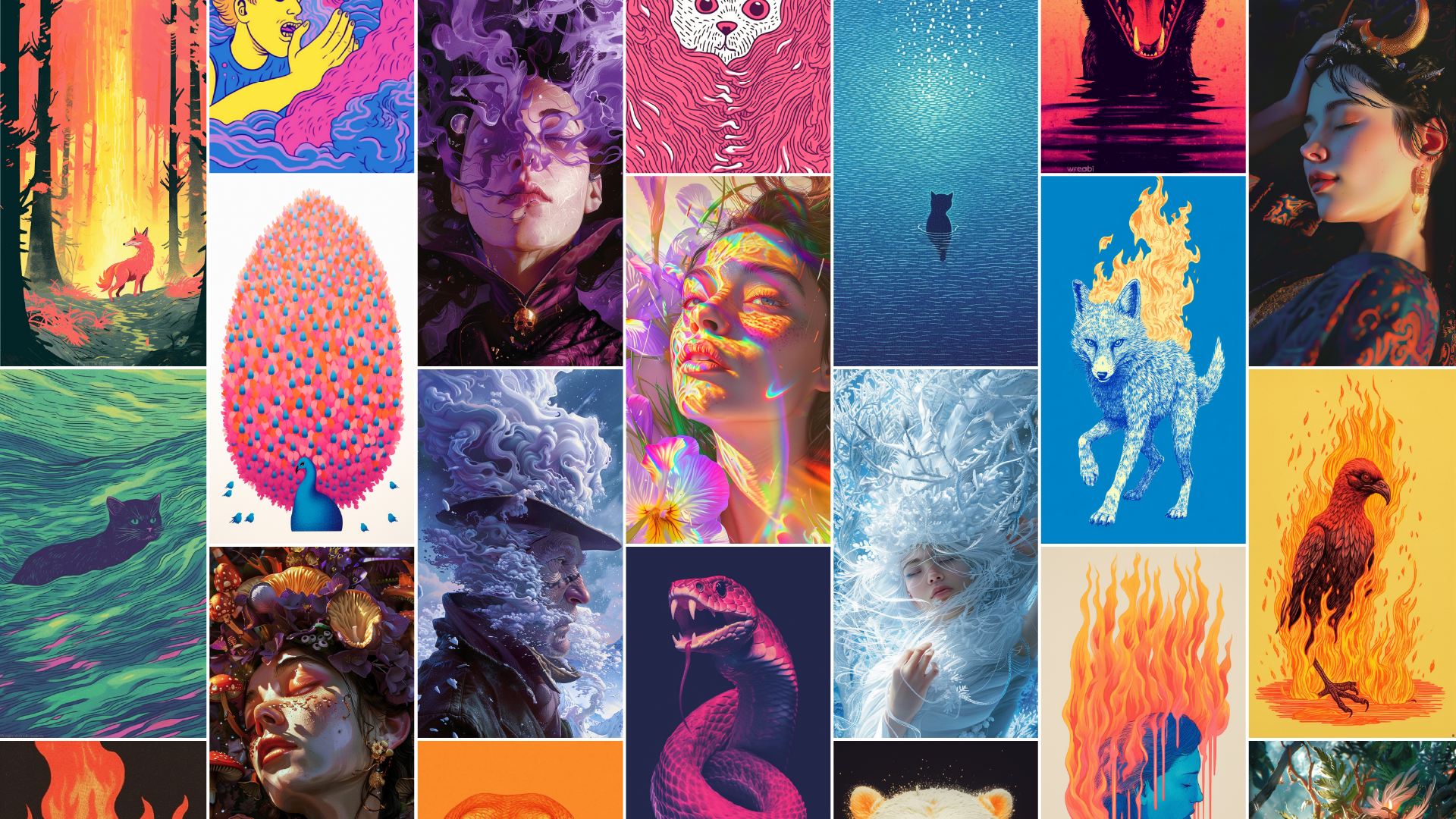
We can expect even more sophisticated tools that blur the line between human and AI-generated creativity as AI technology advances. Shortly, AI could play a more significant role in:
- Dynamic and Interactive Content: AI-generated images that adapt to user preferences in real-time.
- Seamless Integration with AR/VR: AI imagery could enhance virtual experiences for brands.
- More significant Ethical Considerations: As AI art becomes more widespread, discussions around copyright, ownership, and authenticity will be crucial.
Final Thoughts
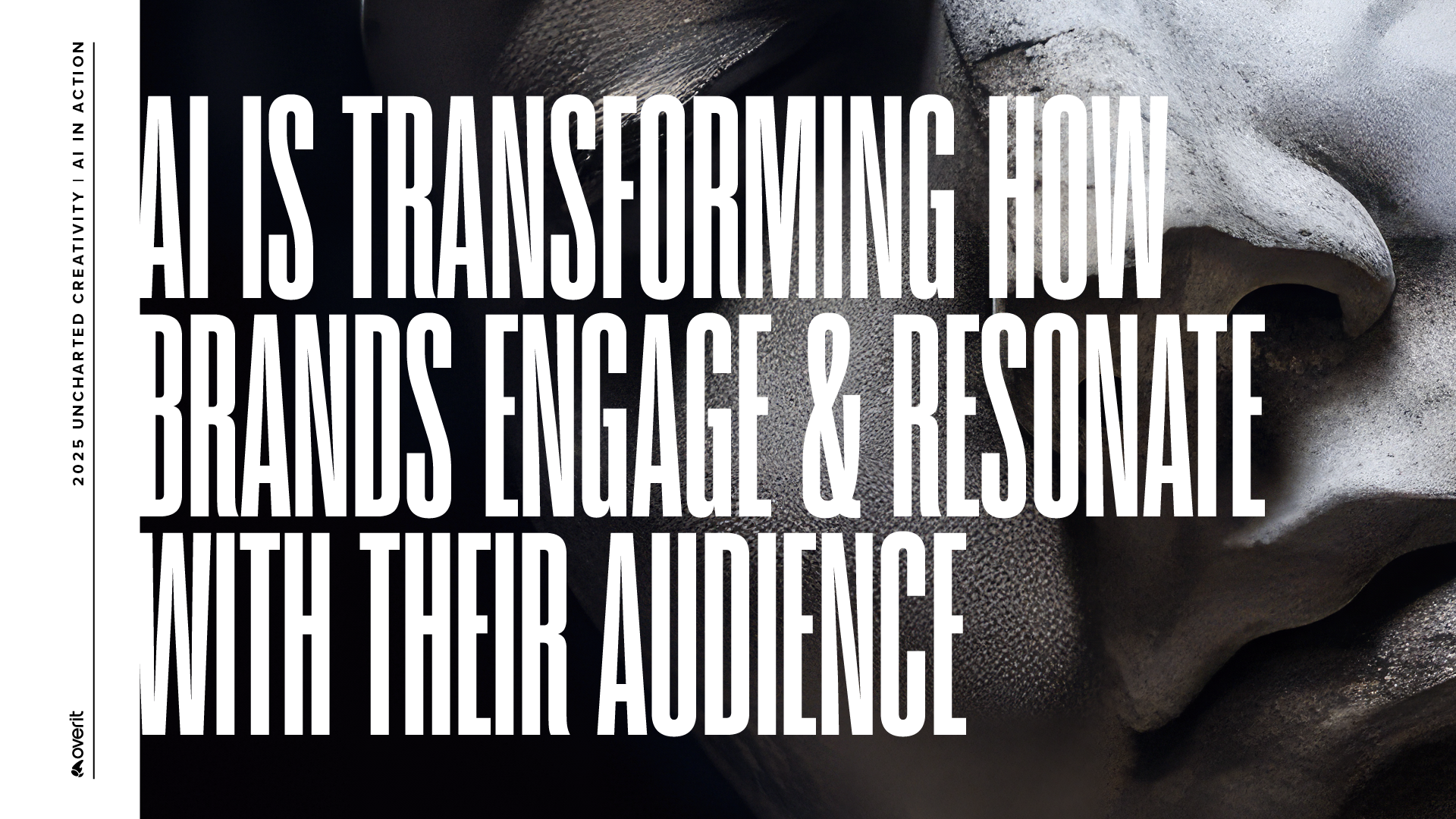
AI image generation is not here to replace designers or creatives but to empower them. Brands embracing AI-driven creativity will gain a competitive edge by producing unique, engaging, cost-effective content. Whether for branding, marketing, or storytelling, AI is opening up new possibilities that were once unimaginable.
How will your brand use AI-generated imagery to stand out?
